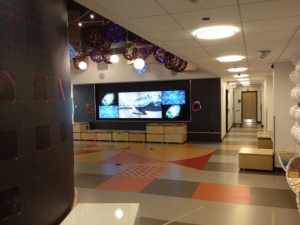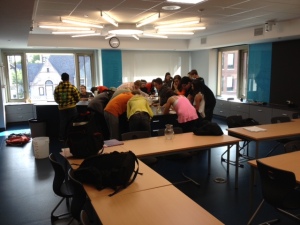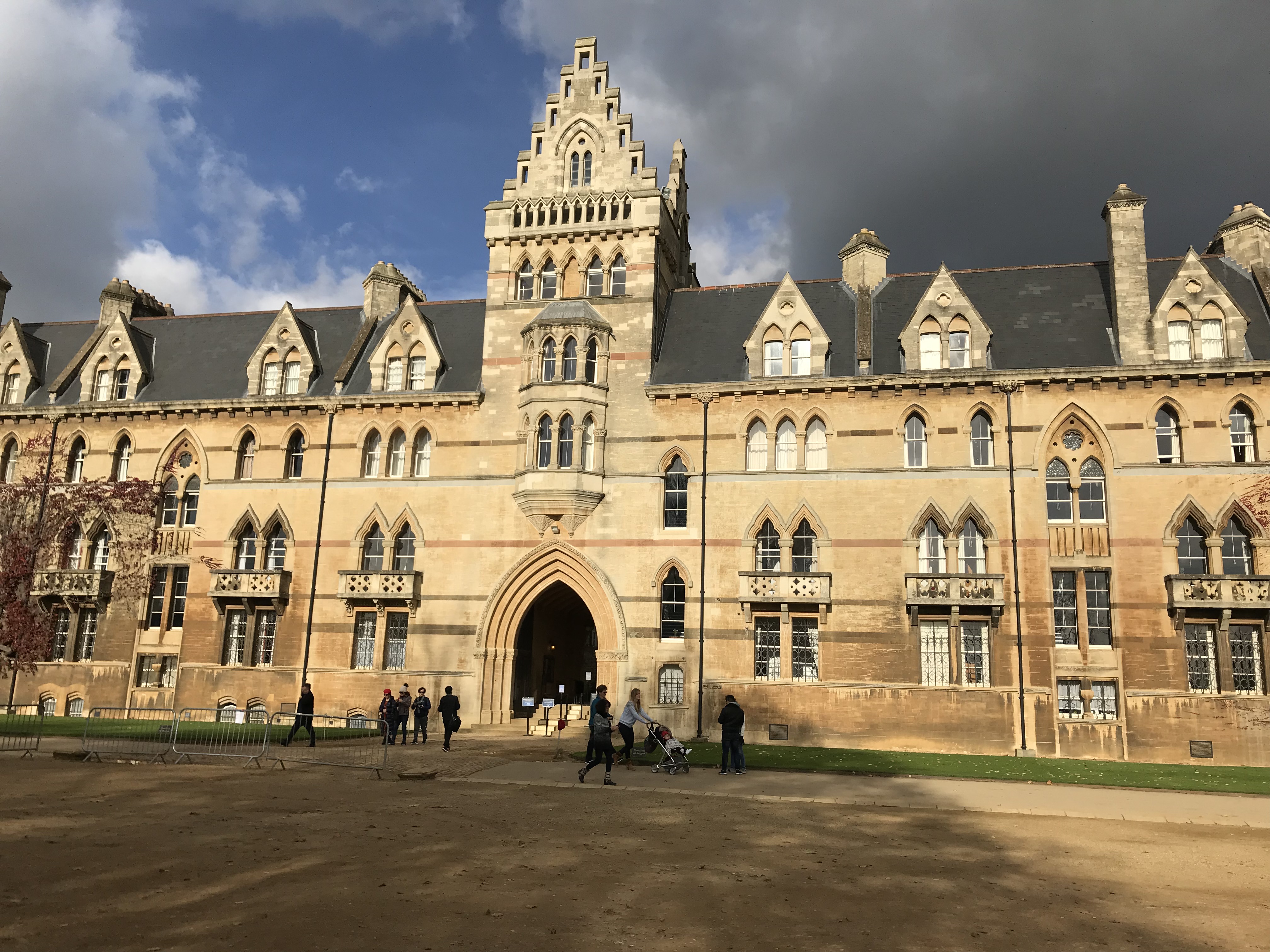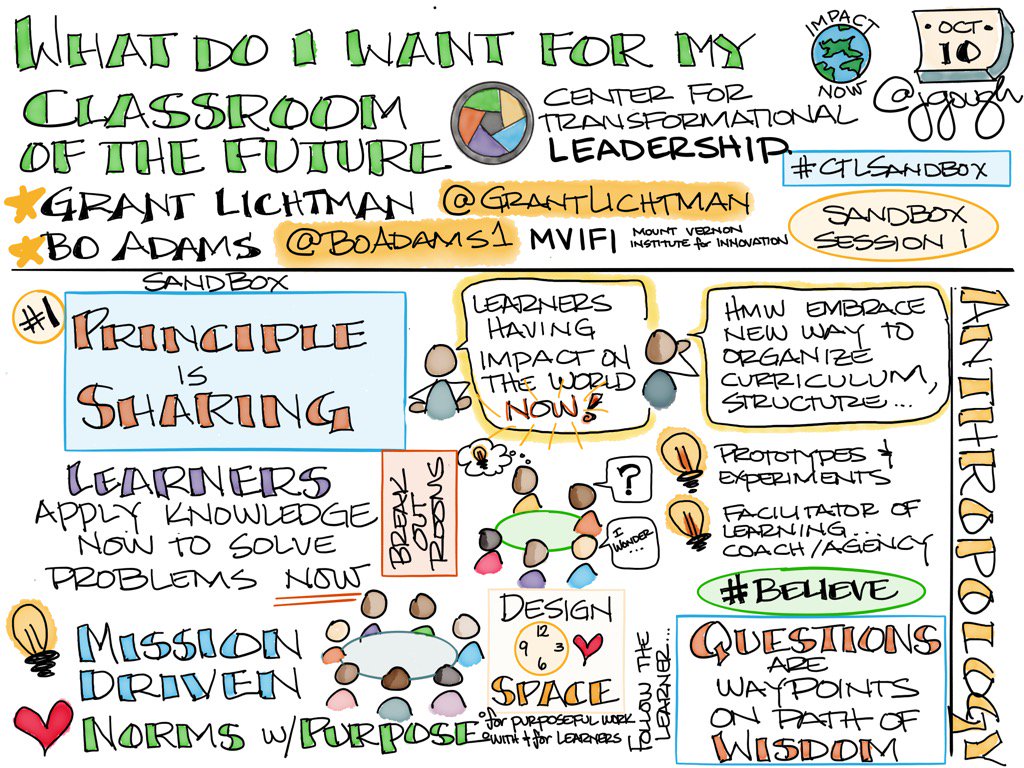(I have not overlooked the other great St. Louis schools in the blog line-up; just got this one ready to go; will work on MRHMS, Crossroads, and New City in the next day or so)
Latin School of Chicago has been impressive for a long time, a fixture amongst great independent schools in the Midwest. But I think there is a real sense of energy and movement at Latin, due in large part to second-year Head Randall Dunn, a dynamic, articulate leader who knows he is lucky to have a great base from which to move into some new directions. I spent time with Randall talking about how a leader can move what we all know to be a large ship of state in new directions, and it was clear that they already have their rudder set firmly.
Latin is a K-12 coed school on the shore of Lake Michigan, in the heart of America’s second city, and Randall believes it is time to assume their natural place as part of the community, the city, and country, and the world. Tradition, he feels, has kept schools like Latin isolated from the community rather than embedded in them. Their signature all-school theme going forward is a very intentional partnership with a large array of community service organizations. While community service is a hallmark of many schools, Latin is bringing the off-campus work back to the classroom, incorporating their work and research into the curriculum. They want to be a real part of the community, giving their time and passion, but also getting authentic learning back in return. To paraphrase Randall, they want their students to share not only the experience of getting their hands dirty, but in forming that utilitarian relationship and skill set needed to deal with the real world and people in it. The students and faculty are excited and motivated to give all members of the Latin community a greater presence of Latin students outside their own walls.
 The school is undergoing a series of renovation, and Upper School Science Chair Steven Coberly spent more than an hour touring me through the new science center. Well, let me tell you: I helped design a great new science center a few years back and I was BLOWN AWAY by what they have done at Latin. The common spaces would fit right in at a museum Exploratorium! I won’t even try to post a bunch of photos here; contact them if you are interested.
The school is undergoing a series of renovation, and Upper School Science Chair Steven Coberly spent more than an hour touring me through the new science center. Well, let me tell you: I helped design a great new science center a few years back and I was BLOWN AWAY by what they have done at Latin. The common spaces would fit right in at a museum Exploratorium! I won’t even try to post a bunch of photos here; contact them if you are interested.
The new science classroom spaces are just as impressive and unique. Nearly every flat vertical surface (and some not so flat) including cabinet faces, are writable surfaces. There is no front of the room, and I have never seen chem and bio labs so minimalist and clear. Lab benches are clustered so all the students are working together in one area. I would have thought it would get crowded, but it is not, and the teacher can watch and help all at once. The whole science area looks like something between a university setting and a kid’s museum…no doubt the highlight of their admissions tours!
 Importantly, Steven talks about how designing and now working in these new spaces has changed how and what Latin science teachers teach. There is no front to the class. The floors and walls are workspaces. The technology is startling, including a huge digital sphere that is just too hard to describe and an entire video wall that they can program to an impressive array of sources. They have gone with Physics First in 9th grade and made it a really tactile, experiential program. The faculty are working on new elective courses. In what was initially a scary process of gutting and rebuilding part of their school, they are now experimenting and have developed more comfort with that mindset. Steven told his faculty to “feel free to play” in the new spaces. Steven, and others, give a lot of credit to Randall, for “pushing us to think deeply” about how they can make their courses better.
Importantly, Steven talks about how designing and now working in these new spaces has changed how and what Latin science teachers teach. There is no front to the class. The floors and walls are workspaces. The technology is startling, including a huge digital sphere that is just too hard to describe and an entire video wall that they can program to an impressive array of sources. They have gone with Physics First in 9th grade and made it a really tactile, experiential program. The faculty are working on new elective courses. In what was initially a scary process of gutting and rebuilding part of their school, they are now experimenting and have developed more comfort with that mindset. Steven told his faculty to “feel free to play” in the new spaces. Steven, and others, give a lot of credit to Randall, for “pushing us to think deeply” about how they can make their courses better.
I also met briefly with Jennifer Nabers and Jeff Nichols in the Middle School. Jeff and Jennifer attended the Martin Institute/John Hunter master class on the World Peace Game this summer, and they are developing a 7th grade inter-subject project around the issues of immigration. It will likely be a multi-day experience that links both social studies research and reflective writing about the very real world issues that surround immigrants and the immigration process. They think it will be a bit messy the first year, but they are building in the process to update and tweak for future years, and I encouraged them to include the students in the process of designing the course work, not just acting as passive participants. (Of course I passed along contacts to Jill Gough and Bo Adams relative to their Synergy 8 course for 8th graders, and to Glyn Jenkins (@GlynNTonic), who is developing a Hunger Games for 7th graders in Seattle.)
In talking with Randall and his senior academic leader, Ted Graf, they were open with both keys to success and obstacles of innovation, both real and perceived, which surround such a successful school with rich traditions. Randall clearly focuses on both internal and external communication. As a relatively new Head of School, he has built a clear message of how Latin is and should be much more integrated and visible in the community. They are modeling innovation; Ted is starting to “flip” faculty meetings as they urge teachers to experiment with flipping classes. They have invested in Global Online Academy, and tasked Upper School faculty to not just complain about rigid AP courses, but also to replace them with better programs, where appropriate. Ted says Randall has a unique ability for “light, graceful leadership. A lot is possible if it is collaborative, exciting, and fun.” Randall thinks his community is perched and ready to make some changes that might have seemed larger a few years ago, but now, like the science center, just needs some great thinking and design to bake up into a really sweet surprise!






Great Article. One slight tweak– the school’s name is “Latin School of Chicago.” http://www.latinschool.org
Thanks; done.